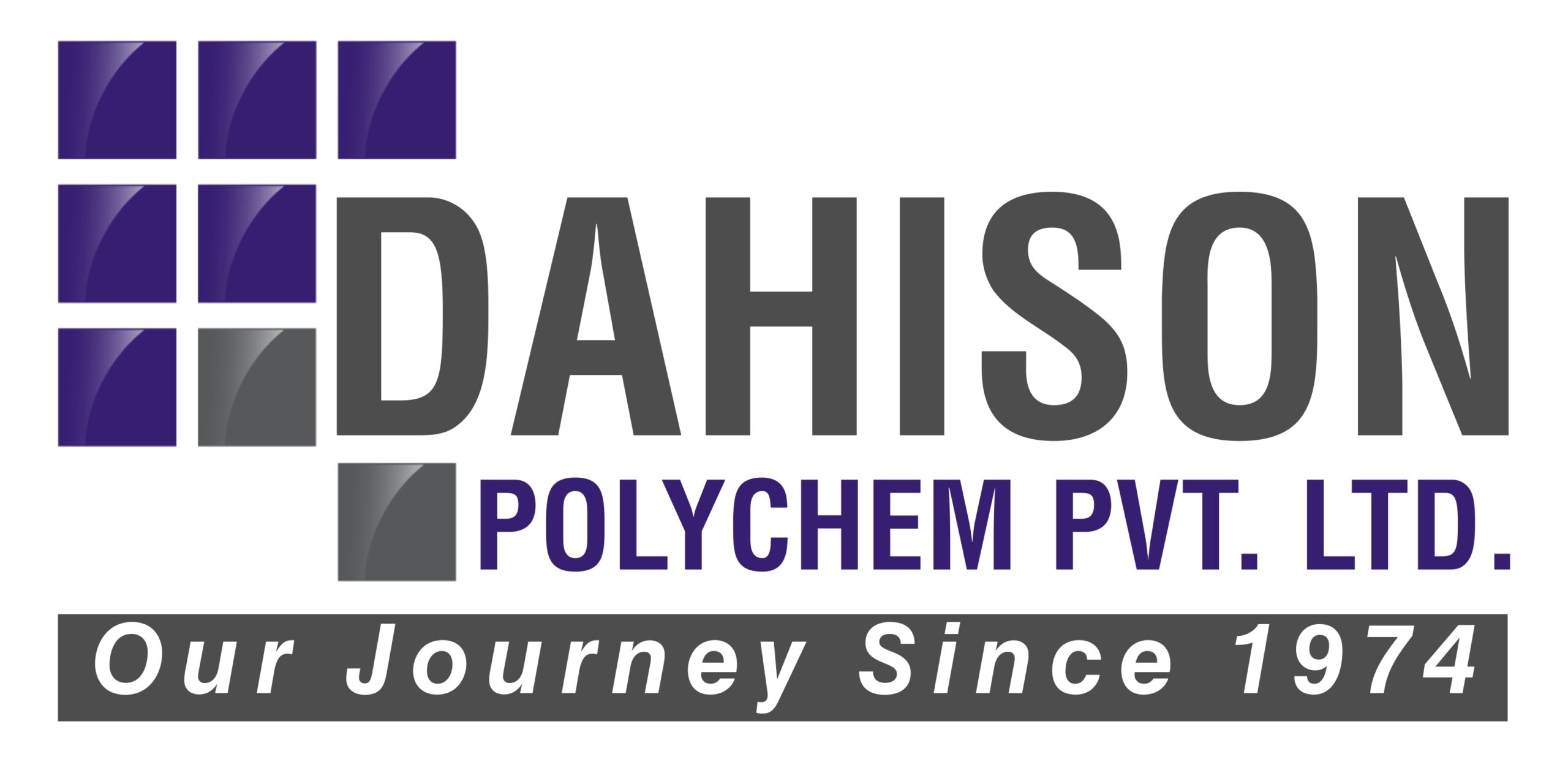Understanding PVC: A Comprehensive Guide
Introduction to Polyvinyl Chloride (PVC)
Polyvinyl Chloride, commonly known as PVC, stands as one of the most versatile and widely used polymers globally. It’s valued for its affordability and the extensive range of properties it offers, making it suitable for producing a myriad of products. PVC’s chemical structure is denoted as [-(-CH2-CHCl-) _n-], originating from the polymerization of vinyl chloride monomers.
Molecular Characteristics
PVC molecules are polar, exhibiting strong intermolecular attractions due to dipole-dipole interactions. This attraction is primarily between the chlorine atom of one molecule and the hydrogen atom of another, lending PVC its notable strength.
Material Properties
In its basic form, PVC appears as a colorless and rigid material. Its inherent properties include poor stability when exposed to heat and light. However, the integration of specific additives can significantly transform PVC’s characteristics to meet diverse application needs, enhancing its versatility.
Key Identifiers
Abbreviations: PVC
CAS No: 9002-86-2
Chemical Identifiers: CHEBI:53243, ECHA InfoCard 100.120.191, KEGG C19508
Historical Context
The journey of synthetic polymers began with the discovery of Bakelite in 1909, marking the dawn of a new era in materials science. The understanding of polymers evolved significantly in the ensuing years, thanks to chemists like Hermann Staudinger who elucidated their chain-like nature. PVC emerged as a notable polymer during this innovative period, with commercial production starting in the USA by 1933. Initially used for cable insulation during World War II, PVC’s applications expanded rapidly post-war.
Formulation with Additives
The customization of PVC properties is achieved through the addition of various additives, enabling its adaptation to specific applications. These additives can alter PVC’s texture, color, mechanical, and electrical properties, among others. Common additives include plasticizers, heat stabilizers, lubricants, fillers, colorants, and flame retardants, each selected based on the desired end-product characteristics.
Production Process
PVC production involves the polymerization of vinyl chloride under controlled conditions. The process typically occurs in high-pressure reactors with water serving to moderate the exothermic reaction. The resulting PVC is then dried to yield a white powder, ready for further processing.
Diverse Applications
PVC’s adaptability is showcased through its extensive application range. It is used in manufacturing various fittings, pipes, medical devices, toys, and construction materials, among others. With advancements in formulations and processing techniques, PVC continues to meet the evolving demands of numerous industries.
Conclusion
Polyvinyl Chloride’s journey from a basic polymer to a cornerstone of modern materials science underscores its significance. Its ability to transform through additives and meet diverse application needs makes it a staple in the polymer industry. PVC continues to adapt and evolve, promising new possibilities and innovations in its applications.

